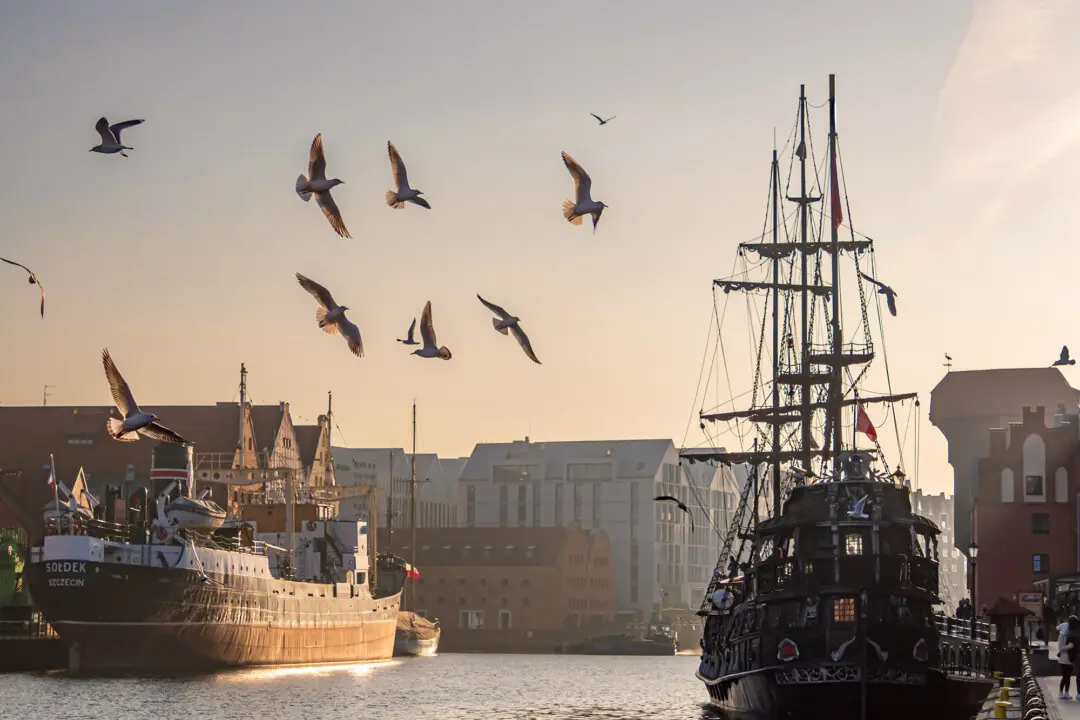Really, for me, it was just a random spot on the map. Hiking a ridgeline at Red Rock Canyon State Park in the deserts of Southern California, I was ready for a very late lunch. Once I reached the highest point on the path and got a little bit of cell reception, I searched my phone for the nearest place to get a little grub. I wasn’t fussy—a hot dog stand, a greasy spoon, a food truck, whatever. Just as long as it was close. I was hungry.

Red Rock Canyon State Park. Shutterstock





